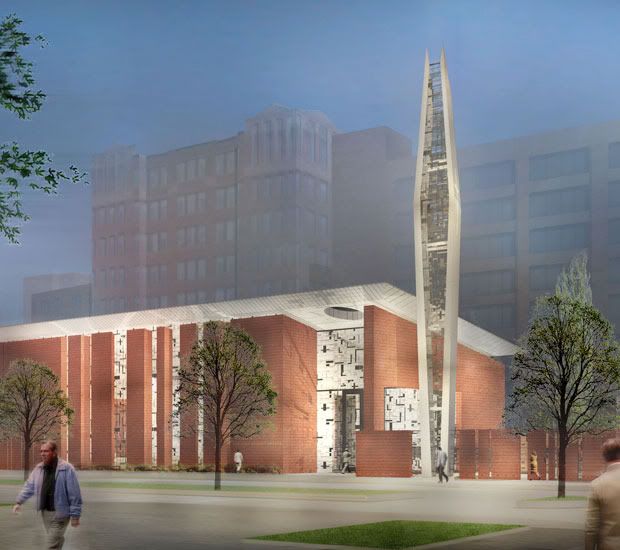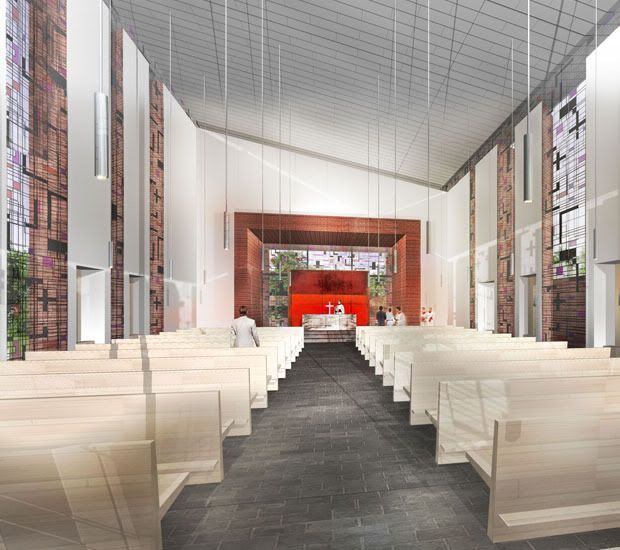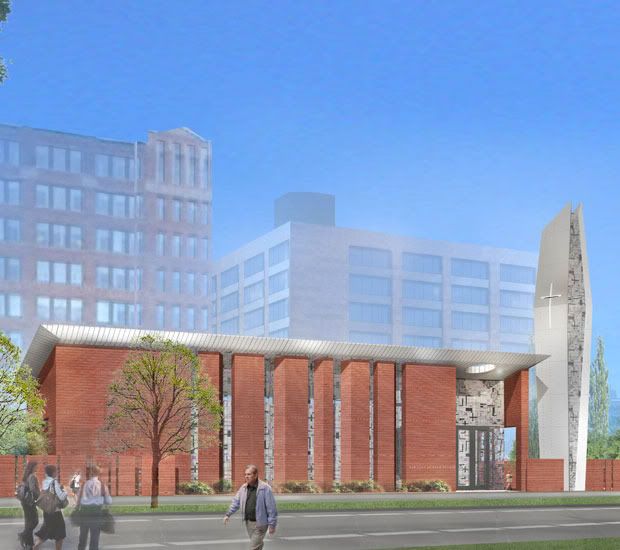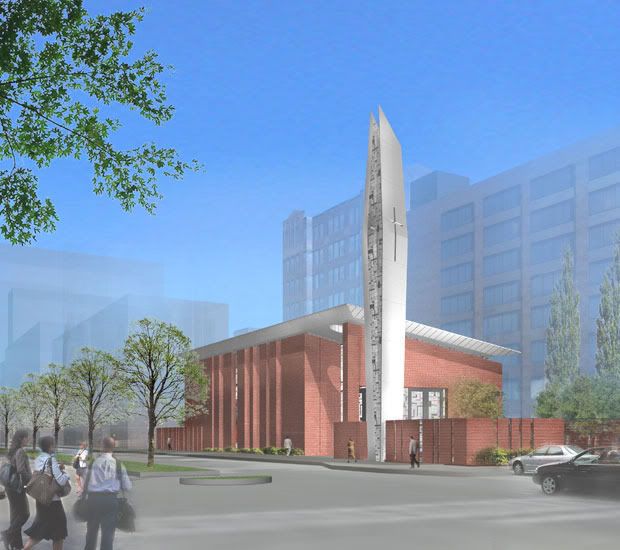Hynes looks to sell off chunks of Seaport
By Thomas Grillo
Friday, November 19, 2010
As John Hynes faces the prospect of a winter without construction at Seaport Square on South Boston?s waterfront, the developer is in talks to sell off a portion of the 23-acre site, the Herald has learned.
Hynes is trying to unload several parcels to Real Estate Investment Trusts AvalonBay Communities or Equity Residential for construction of apartments between Congress Street and Seaport Boulevard, according to commercial real estate sources.
Hynes declined comment. AvalonBay and Equity Residential did not return calls. But the sources said there are multiple reasons why Hynes is seeking to get rid of some of the properties.
?He?s stuck with a big piece of real estate (the former Filene?s block in Downtown Crossing) with partners and there?s no near-term development or lending opportunities, so why not sell some of (the Seaport property),? said one source who requested anonymity.
The source also said the chances of getting an office building financed, as Joseph Fallon?s tower sits largely empty, are nonexistent. ?There is money for apartments, but John has never built them,? the source added.
The former industrial and warehouse area is filled with surface parking lots. The land was owned by Los Angeles Dodgers owner Frank McCourt, who sold it to Rupert Murdoch?s News Corp. [NWS], which flipped it to Hynes and partners WS Development and Morgan Stanley.
In September, the Boston Redevelopment Authority approved the $3 billion Seaport Square plan for 20 new city blocks with 19 buildings for offices, hotels, shops and apartments.
Link
By Thomas Grillo
Friday, November 19, 2010
As John Hynes faces the prospect of a winter without construction at Seaport Square on South Boston?s waterfront, the developer is in talks to sell off a portion of the 23-acre site, the Herald has learned.
Hynes is trying to unload several parcels to Real Estate Investment Trusts AvalonBay Communities or Equity Residential for construction of apartments between Congress Street and Seaport Boulevard, according to commercial real estate sources.
Hynes declined comment. AvalonBay and Equity Residential did not return calls. But the sources said there are multiple reasons why Hynes is seeking to get rid of some of the properties.
?He?s stuck with a big piece of real estate (the former Filene?s block in Downtown Crossing) with partners and there?s no near-term development or lending opportunities, so why not sell some of (the Seaport property),? said one source who requested anonymity.
The source also said the chances of getting an office building financed, as Joseph Fallon?s tower sits largely empty, are nonexistent. ?There is money for apartments, but John has never built them,? the source added.
The former industrial and warehouse area is filled with surface parking lots. The land was owned by Los Angeles Dodgers owner Frank McCourt, who sold it to Rupert Murdoch?s News Corp. [NWS], which flipped it to Hynes and partners WS Development and Morgan Stanley.
In September, the Boston Redevelopment Authority approved the $3 billion Seaport Square plan for 20 new city blocks with 19 buildings for offices, hotels, shops and apartments.
Link




